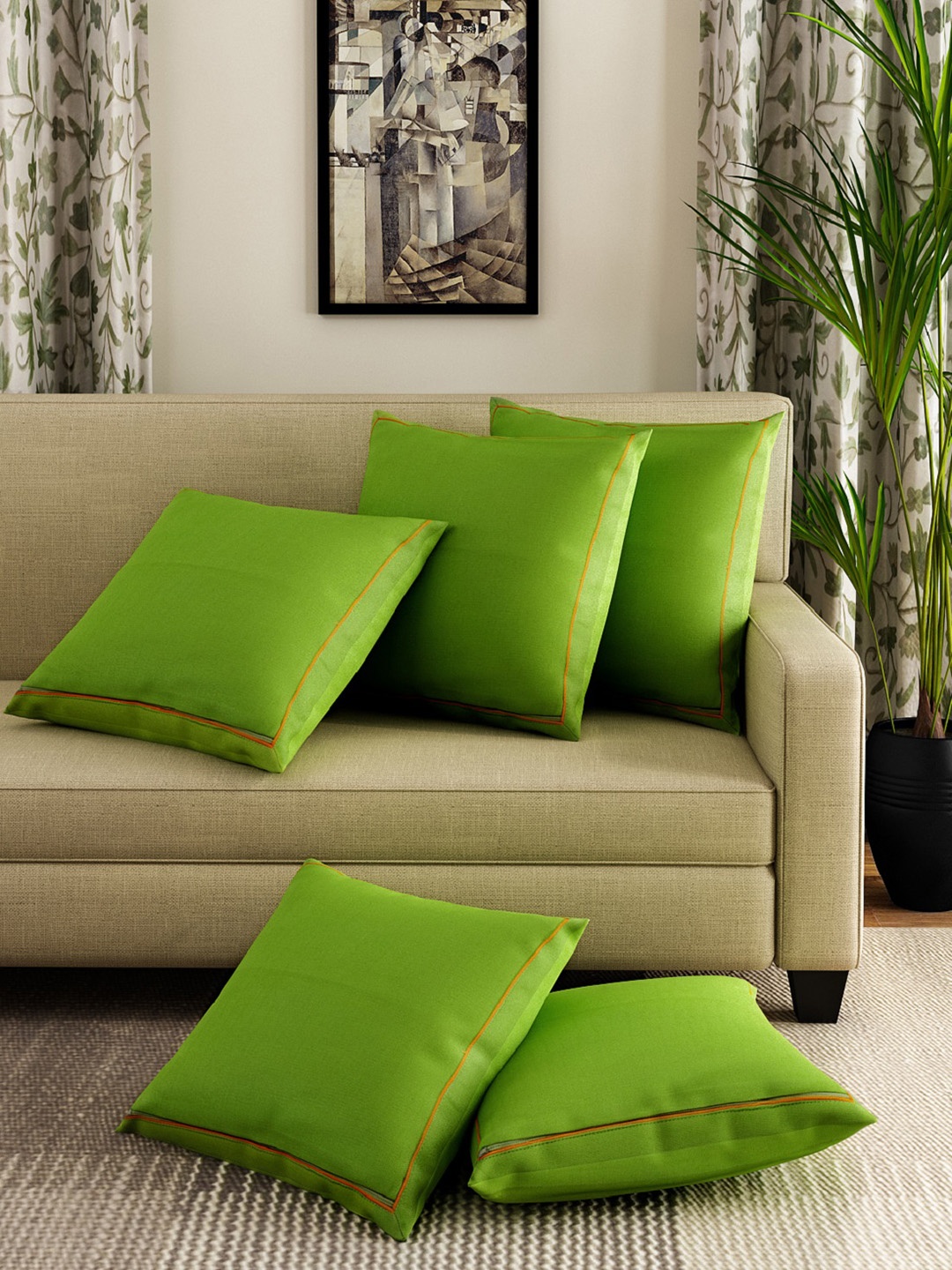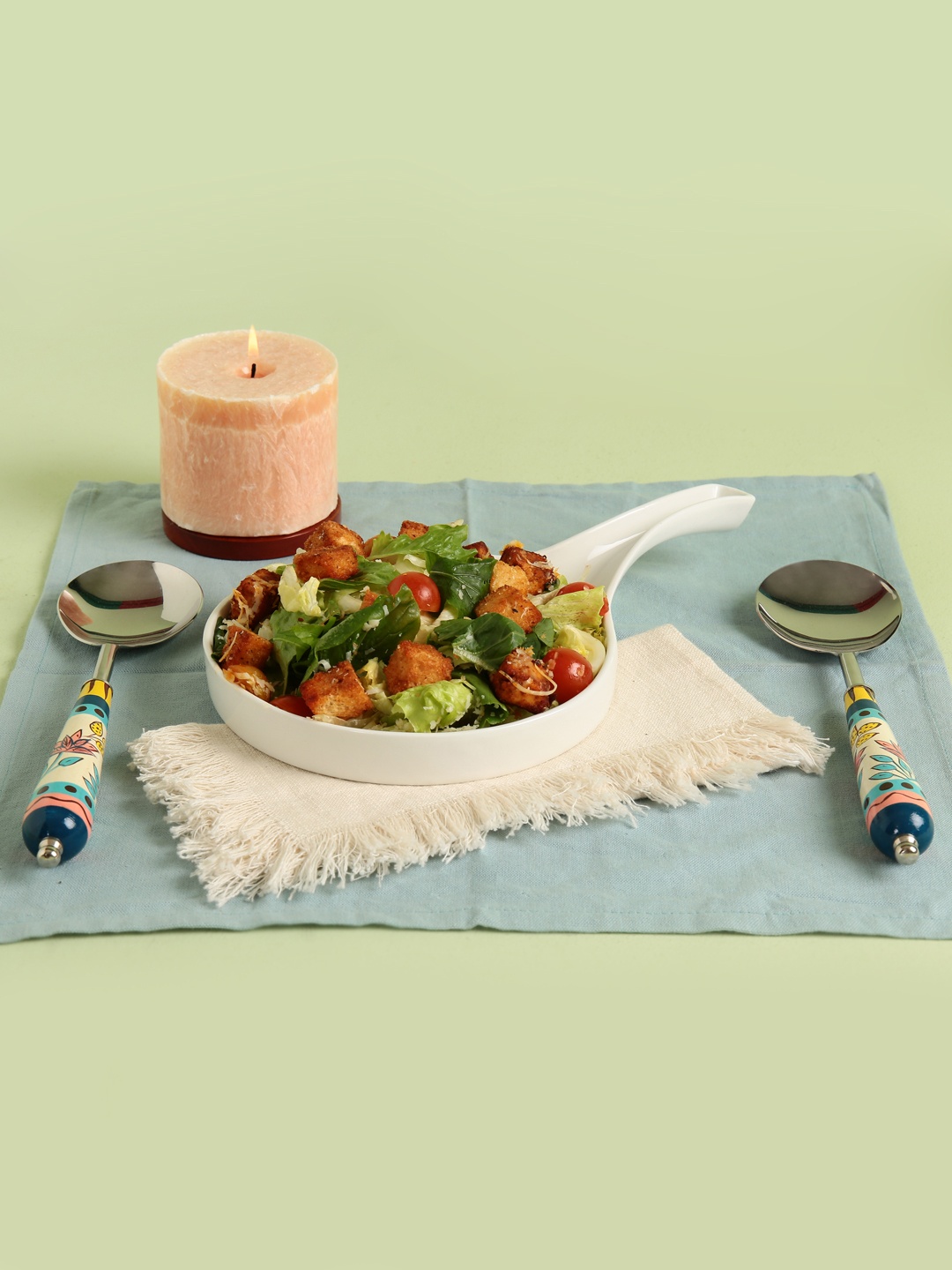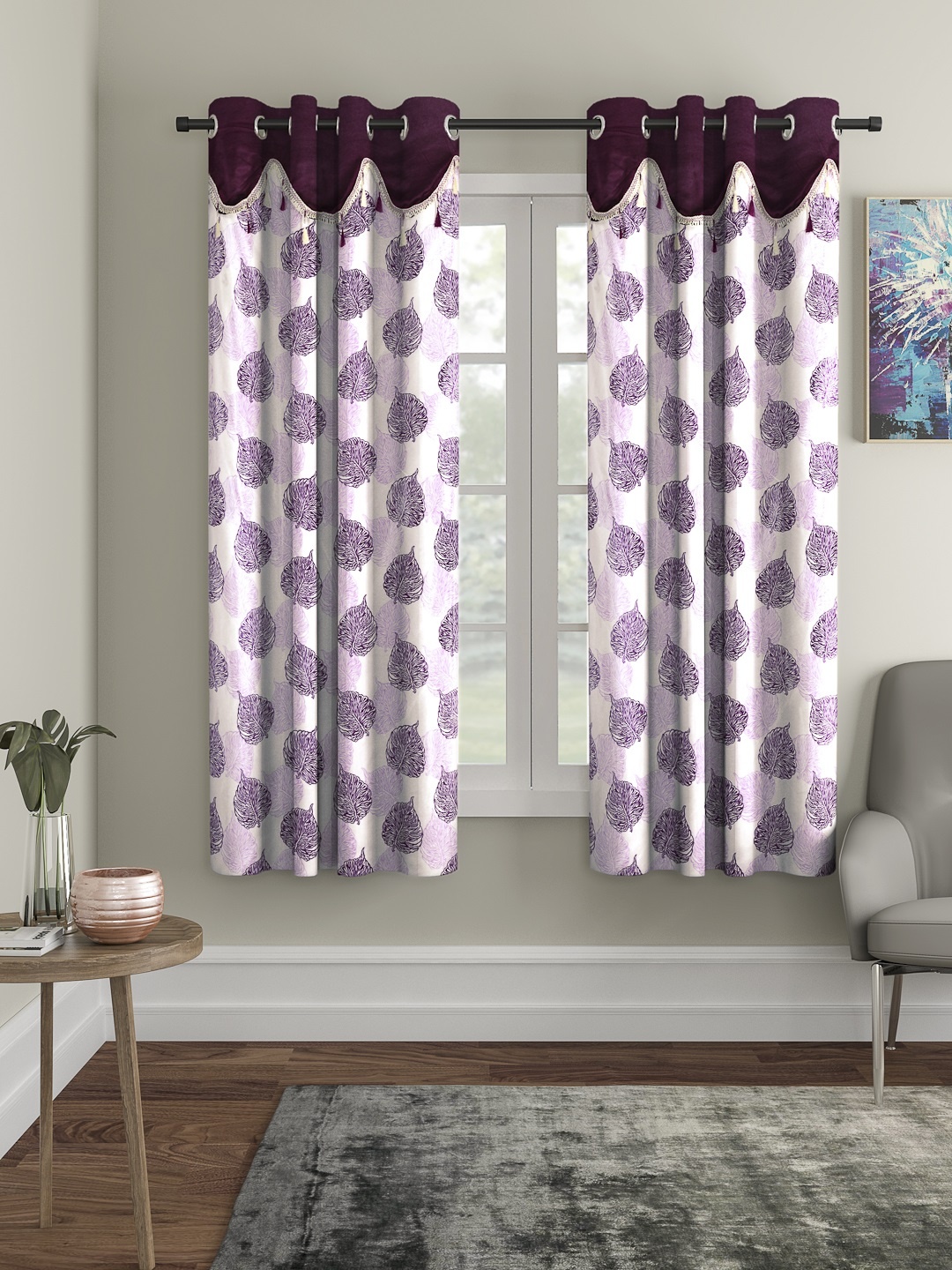Why Your Favourite Tea Mug Makes the Brew Taste Better: The Psychology of Everyday Objects
A humble tea mug can shape mood, memories and even the taste of the brew. This is how an everyday mug turns a simple sip into a small moment of warmth and meaning.

Why Tea Tastes Better in Your Favourite Mug: Science, Emotion and Daily Rituals Explained.
A cup of tea brings comfort in countless homes. A pot simmers on the stove, steam curls into the air, and the aroma spreads through every corner. Yet the experience often feels incomplete without a particular tea mug. Many households include cupboards stacked with cups from weddings, festivals, holidays and gifted sets. Still, one beloved mug takes the spotlight during morning or evening tea time. This devotion to a single tea mug may sound quirky on the surface, yet it reveals a deeper emotional story. Objects that sit quietly in daily routines often shape mood and behaviour. A favourite tea mug steps far beyond ceramic and colour. It becomes a companion with stories, comfort and personality. As tea fills the mug, memory, ritual and emotion mix with every sip.
The psychology of everyday objects never stays trivial. A simple tea mug holds clues about identity, routine and emotional connection. When explored with attention, the familiar cup on the table tells more about people than most realise.

The Surprising Psychology of Tea Mugs: How A Cup Can Transform Your Brew
Photo Credit: Unsplash
The Subtle Psychology Brewing Behind Your Favourite Tea Mug
1. Comfort Shapes Flavour
A favourite mug feels like a tiny safe space. Its weight balances in the hand with gentle familiarity. The rim fits the lips with ease. The warmth spreads through the palms in a steady, comforting glow. This sensory harmony creates instant relaxation. When the body feels at ease, taste buds respond with more sensitivity. The brew tastes smoother, richer and more satisfying.
Morning tea often starts the day on a calm note. A beloved mug enhances this pause. It takes the brain into a relaxed state where flavours feel more vivid. The colour, shape and texture of the mug work together to guide mood. A bright coral-coloured cup lifts energy levels. A deep blue one encourages a sense of quiet. These emotional cues influence how the tea tastes.
Comfort links directly with perception. When the mind feels safe, small pleasures bloom with more intensity. A cosy mug transforms drinking tea into a small ritual that settles the senses and elevates flavour without adding a single extra ingredient.
2. Memories Add Sweetness
A mug often carries stories. Perhaps a sibling bought it from a street market for ₹150. Maybe it arrived as a festival gift wrapped in shiny paper. Some mugs come from memorable trips—like stumbling across a pottery stall at a hill station and bargaining with cheerful shopkeepers. Every sip calls back fragments of those moments.
Memory shapes taste as strongly as ingredients. When a mug stirs nostalgic scenes, tea gains emotional warmth. The mind cannot separate flavour from memory. A simple ginger chai in a sentimental cup feels more comforting than a fancy blend in a new mug. The story becomes an invisible ingredient.
This connection grows stronger with time. Each scratch or faded print on the mug becomes a record of daily life. These marks bring familiarity that new cups cannot match. Tea settles into that history, which makes the brew taste sweeter, warmer and more personal. The mug becomes a quiet storyteller that enriches every sip.
3. Ritual Strengthens Attachment
Tea time often follows a personal rhythm. Some stir sugar clockwise every single time. Others pour milk first and then tea, with an unbreakable sense of order. A favourite mug slips into this ritual as naturally as breath. Repetition builds emotional attachment.
A mug used during peaceful evenings on the balcony or long chats with friends forms part of those routines. It becomes a symbol of small daily anchors. Each repetition deepens the relationship with the object. The mind associates that mug with rest, connection and familiarity. Tea brewed in it tastes better because the ritual feels complete only with that cup.
In households where mornings move in a rush, this mug offers a moment of grounding. Touching it signals a shift into a quieter mental space. Ritual shapes attention, and attention sharpens sensory experience. The mug becomes a gateway into mindfulness, which enhances taste and enjoyment.
Also Read: Ceramic Mug Styles, From Rustic To Modern, That Double As Decor
4. Personal Identity Shapes Preference
A mug often reflects personality. Someone with a bold, vibrant personality may choose a cup splashed with vivid colours or quirky patterns. Another person may reach for a simple, earthy-toned mug that mirrors a calmer nature. This sense of alignment enhances satisfaction.
Personal objects reinforce identity. A mug that feels “just right” strengthens this internal connection. When identity feels supported, daily experiences take on more depth. Tea tastes better because the mug feels like an extension of self.
Even minor details matter, like the thickness of the rim or the texture of the ceramic. People unconsciously select items that echo their preferences. This selection strengthens emotional comfort. As the mug sits on the table, it rests not only as a utility item but as a tiny piece of who the person is. That alignment turns ordinary tea into a personalised sensory experience.
5. Colour Influences Mood and Taste
Colour psychology plays a subtle but powerful role in perception. A red mug may make tea feel slightly stronger. A pastel cup brings a sense of calm. A bright yellow mug introduces cheer into an otherwise lazy afternoon. These mood shifts influence how flavours come through.
Warm colours create the impression of warmth in taste. Cool tones add a sense of smoothness. A matte finish feels grounded; a glossy surface brings a hint of charm. People respond to these visual cues before the tea even touches the tongue.
In busy households, a splash of colour on the breakfast table sets the tone for the day. A beloved colour becomes part of the comfort. When the mug already lifts mood with its visual appeal, the tea naturally tastes better. The mind expects pleasure, and expectation amplifies flavour.
6. The Familiar Weight Enhances Enjoyment
A favourite mug often has the perfect weight, neither too heavy nor too light. The balance creates comfort. The moment the hand wraps around it, the body recognises the feel. This physical familiarity contributes to the overall experience.
Weight influences perceived warmth, texture and even the strength of flavour. A sturdy mug adds a sense of reassurance. A delicate cup offers elegance and lightness. Each characteristic shapes the mental frame through which taste emerges.
People build unconscious expectations around this physical familiarity. The preferred weight signals that the tea experience will unfold smoothly. The body relaxes, and the flavour deepens. Without such cues, even a well-brewed cup may feel slightly off. The right weight sets the stage for satisfaction.
7. Emotional Ownership Creates Attachment
A mug becomes special not only because of how it looks or feels, but because of who it belongs to. Emotional ownership grows when an object stays close through different stages of life—study sessions, work-from-home days, late-night conversations or monsoon evenings spent near the window.
This sense of “mine” deepens emotional response. People value objects that travel with them through changing routines. When tea is poured into such a mug, the moment feels personal. The brew carries a touch of emotional ownership.
This attachment works strongly even when the mug appears old or chipped. Flaws often strengthen affection. Objects with imperfections feel more human, more lived-in, more relatable. That authenticity adds warmth to the tea, making each sip feel grounded and genuine.
8. Texture Shapes Sensory Pleasure
Texture influences perception more deeply than many realise. A smooth mug feels sleek and polished. A slightly grainy ceramic surface brings rustic charm. A carved design creates a tactile rhythm when fingers brush against it. These sensations feed into the drinking experience.
Touch plays an important role in how people respond to flavour. When fingers enjoy holding the mug, the mind shifts into a pleasant sensory state. This state heightens taste. The tea seems fuller and more aromatic because the sense of touch primes the brain for positive experience.
Texture also affects how heat travels. A thicker mug retains warmth longer, which suits slow sippers. A thinner one cools faster, which suits quick breaks during busy hours. This alignment of texture and pace enhances satisfaction. A simple tactile detail transforms a routine sip into a subtle delight.
9. Social Connections Influence Preference
Many mugs carry traces of relationships. A friend may gift a cup during a birthday celebration. A colleague may bring one from a work trip. A family member may pick one with a pattern that matches personal taste. Such objects weave social warmth into daily rituals.
Tea becomes more enjoyable when poured into a mug linked to meaningful connections. Relationships enhance emotional experiences. A gifted mug introduces a sense of closeness every time it rests in the hand.
These social ties influence the way flavour feels. A pleasant memory adds sweetness. A shared moment adds comfort. A long-distance friend's gift adds nostalgia. The mug becomes a symbol of connection, and the tea tastes better because the experience feels fuller and emotionally layered.

The Surprising Psychology of Tea Mugs: How A Cup Can Transform Your Brew
Photo Credit: Pexels
10. Small Joys Amplify Daily Happiness
A favourite mug represents the charm of simple pleasures. In a world filled with constant movement, unpredictable schedules and rising expenses, small joys carry deep value. A warm cup of tea in a familiar mug feels like a tiny luxury that asks for no effort and offers plenty of comfort.
This comfort boosts overall happiness. When small joys gain importance, routines feel more meaningful. The mug becomes a constant reminder that pleasure does not always need grandeur. Sometimes it sits quietly on the kitchen shelf, waiting for hot water, tea leaves and a few minutes of calm.
Such moments strengthen emotional well-being. They create pockets of peace within busy days. The mug becomes a symbol of grounding, and the tea tastes better because happiness, no matter how small, colours every sip.
Products Related To This Article
1. Chumbak Opalware Regalia White Floral Ceramic Handmade Mug
2. GOODHOMES Transparent Glass Microwave Safe 4 Piece Mugs
3. QSHI STUDIO White & Black Polka Dots Printed Ceramic Glossy Mugs
4. WEAVING HOMES White & Black Chai Ho Jaye Printed Ceramic Glossy Mug With Gift Box-250 ml
5. BonZeaL Brown & White Textured Ceramic Matte Cat Mug
6. CDI Green Ceramic Handmade 6 Piece Mugs
7. WEAVING HOMES Blue Textured Ceramic Handmade 4 Piece Kulladhs
A favourite tea mug holds more influence than most notice. It carries memories, texture, colour and emotional warmth. It shapes rituals and mirrors personal identity. It connects people to comfort, relationships and simple joys that brighten everyday life.
The brew inside the mug tastes better because it blends with feelings, stories and quiet moments stitched across time. A special mug turns an ordinary cup of tea into a tender experience filled with warmth and meaning. In a world that rarely slows down, such small rituals offer gentle reminders of comfort, familiarity and the beauty of everyday objects.
(Disclaimer: This article may include references to or features of products and services made available through affiliate marketing campaigns. NDTV Convergence Limited (“NDTV”) strives to maintain editorial independence while participating in such campaigns. NDTV does not assume responsibility for the performance or claims of any featured products or services.)













![Steam Iron Teflon Shoe Cover for ES-300,ST-96 [Only For ES-300 and ST-96 Model Electric Steam Irons]](https://m.media-amazon.com/images/I/51wwkttondL._SL160_.jpg)










